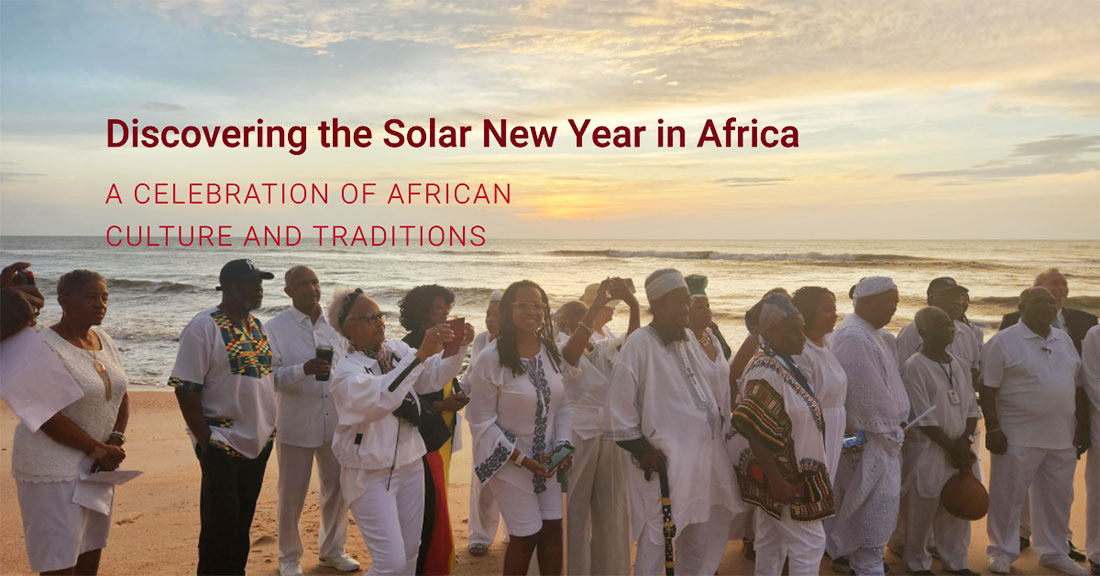 By Robert W. Whiting, AACS Gold Lifetime Member
By Robert W. Whiting, AACS Gold Lifetime Member
The African “book” was nature. Nature was observed and tracked over hundreds of thousands of years. Once the secrets of nature were unlocked, medicine, astronomy, mathematics (properties of the right triangle), engineering, architecture and the written word emerged.
Unlocking the secrets of nature enabled Africans on the Nile to create the greatest and longest lasting civilization known to man. Every aspect of their lives was connected and in sync with nature. This ancient civilization laid the foundation for Western Civilization. The Greek philosophers traveled to Kemet (Egypt) for their education starting with Thales, the first Greek philosopher. Pythagoras spent 22 years studying in Africa. In addition, Greek philosophers encouraged their students to travel to Kemet for their studies.
The first solar calendar was developed by Africans approximately 4,240/41 BCE (Before Common Era) and was aligned with the natural flow of the solar year in the Northern Hemisphere. The calendar used in most parts of the world today was developed in Africa, copied, and modified by the Romans.
The Dendera Solar Calendar is the oldest Zodiac in the world. It was originally in the ceiling of a small chapel atop a temple outside the town of Dendera in Kemet. It has been dated to 30 BCE and is now housed in the Louvre in Paris, France. The ancient Kemetic (Egyptian) Dendera Solar Calendar included a year of 365 days.
A solar calendar illustrates the season and dates based on the apparent position of the sun. The ancient Kemetic year consisted of three seasons four months long. There were three decans (10-day weeks) each month. Five days of the year were added to the 360-day calendar with celebrations in honor of Kemetic deities. These additional five days completed the 365-day year. The Kemetic solar calendar is the earliest recorded year in history.
The lives of the ancient Kemetians revolved around three seasons: the Khet (the time of the flood); the second season Peret (the time of growth); and the third season Shemu (the time of harvest). Africans observed and recorded the movements of the heavenly bodies and over time began to understand the Presession of the Equinox, the 25,920-year cycle. The Kemetians named it the “Great Year.” The Great Year consisted of twelve Ages. Each Age equals 2,160 years. The Spring Equinox moves in a retrograde motion every 2,160 years to the next month cycling through all twelve months/zodiac signs. Twelve times 2,160 (each Age) equals 25,920 years. The Great Year was discovered by Africans and taught to the Greeks. We are now in the Age of Pisces and moving into the Age of Aquarius.
Another important custom of the Ancient Kemetians was the start of the day in the morning versus other cultures starting the day at the end of the day. The world uses the African model of starting the day in the morning.
One of the reasons that Ancient Africans were able to develop a solar calendar more in sync with the solar year was the location of Kemet on the Nile River which overflowed every year. Once the heliacal rising (the Sun and Sirius rise together) of Sirius occurred on our present-day June 21st, the Nile River would overflow approximately 20 days later. The Africans noticed every four years the heliacal rising occurred a day late. The heliacal rising of Sirius a day late every four years embedded the quarter (¼) day. It took 1,460 years to make a complete circle. Africans celebrated the New Year a day late every four years (1,460/4 = 365). Therefore every 1,460 years the civil calendar of 365 days reconciles with the solar year of 365 ¼ days.

Africans on the Nile were the first humans in the world to discover the solar year which governs the time of the world today. Africans celebrated the New Year on our June 21st, the longest day of the year, with a thirteen-day festival that ended near July 4th. The world operates on African time.
The AACS will celebrate the African New Year on June 21st in 2024
Happy African New Year 6263!
*This article originally appeared in The Scribe, AACS’ Newsletter

